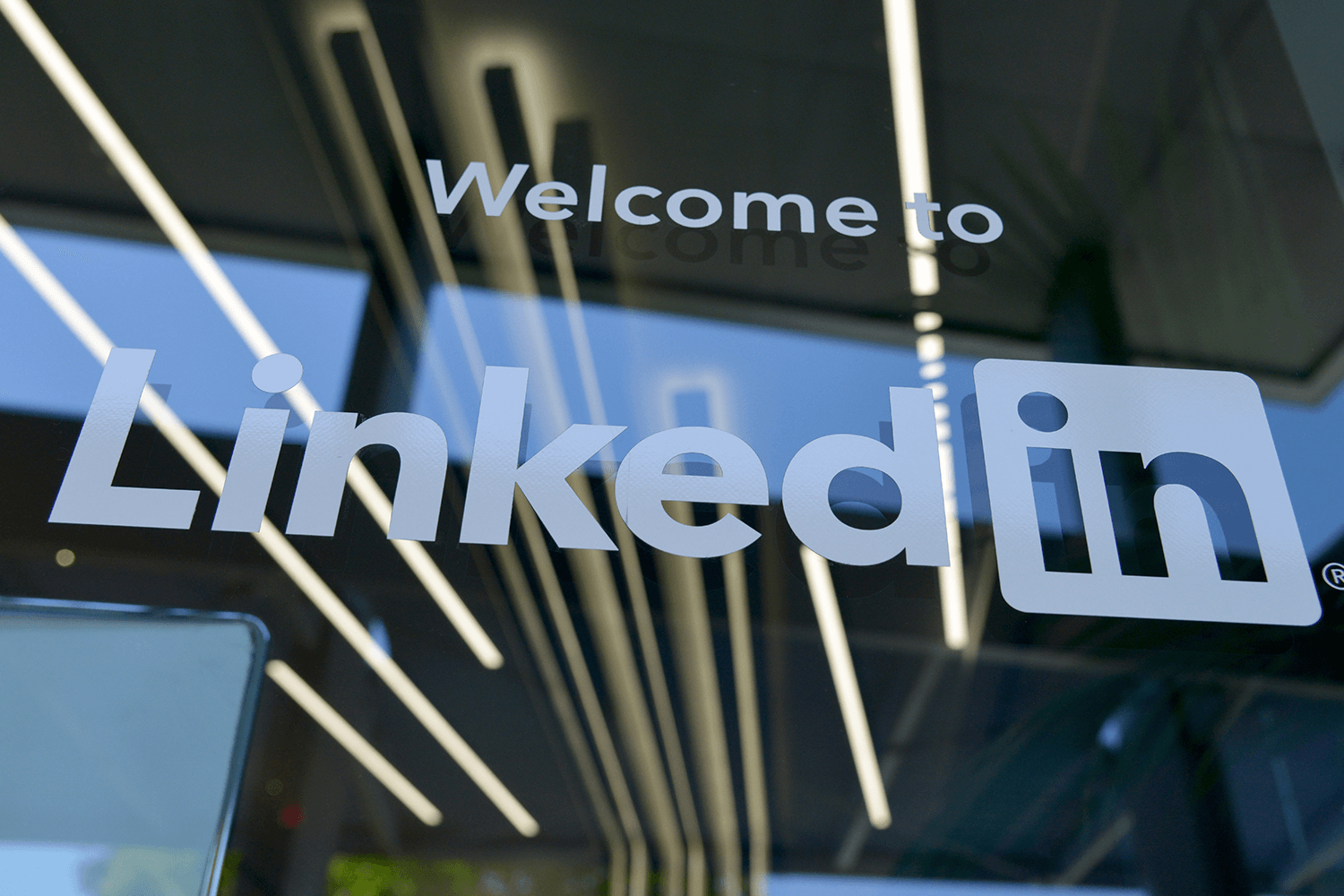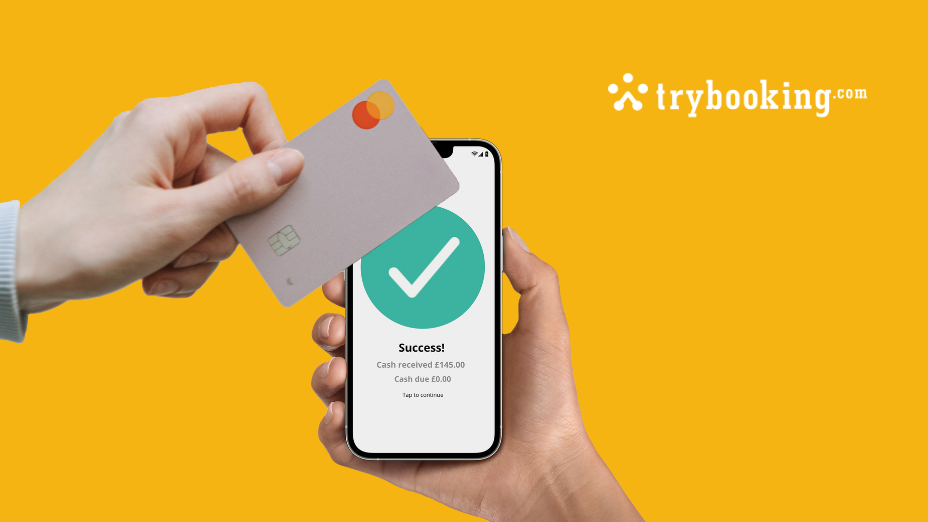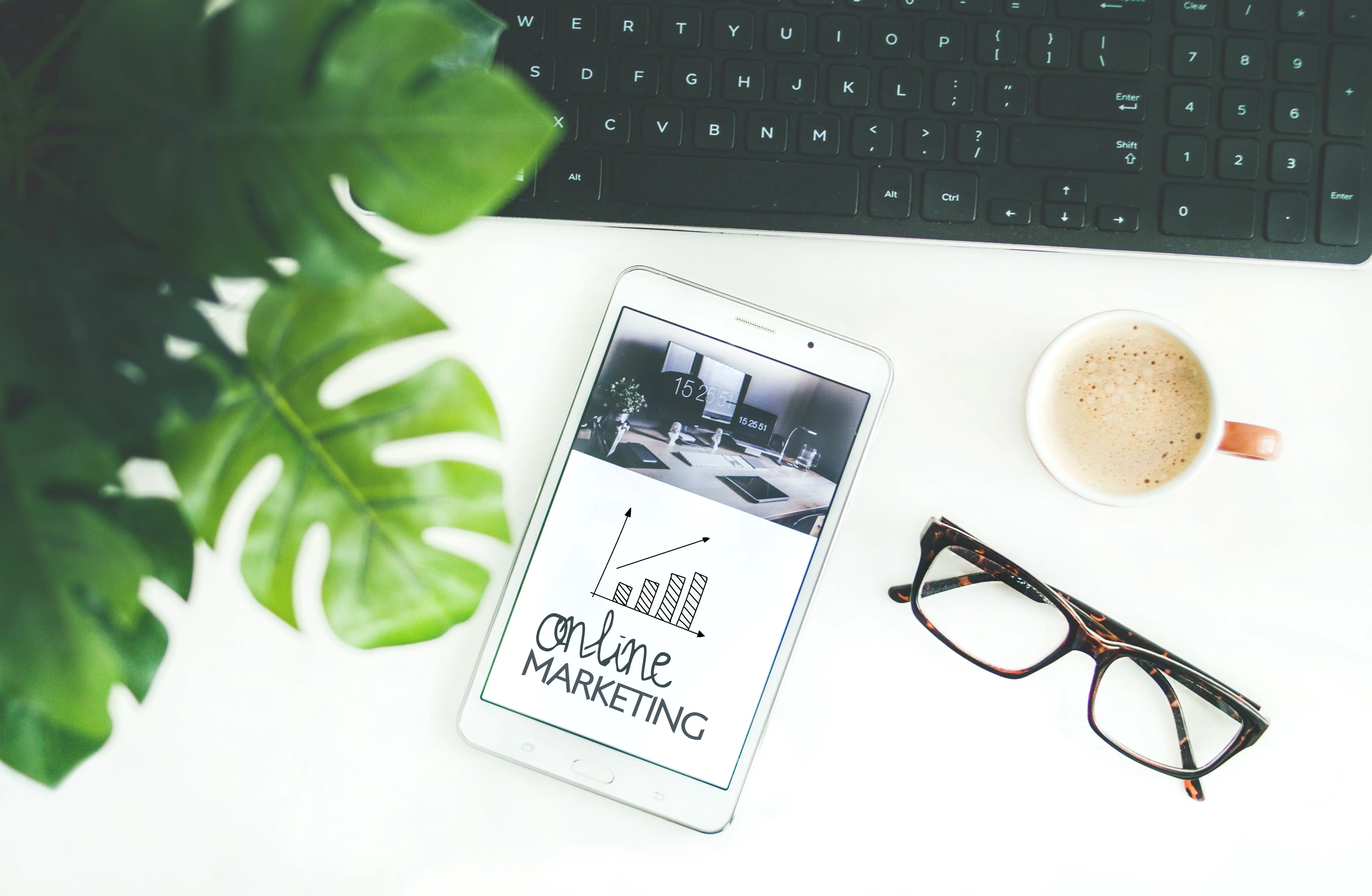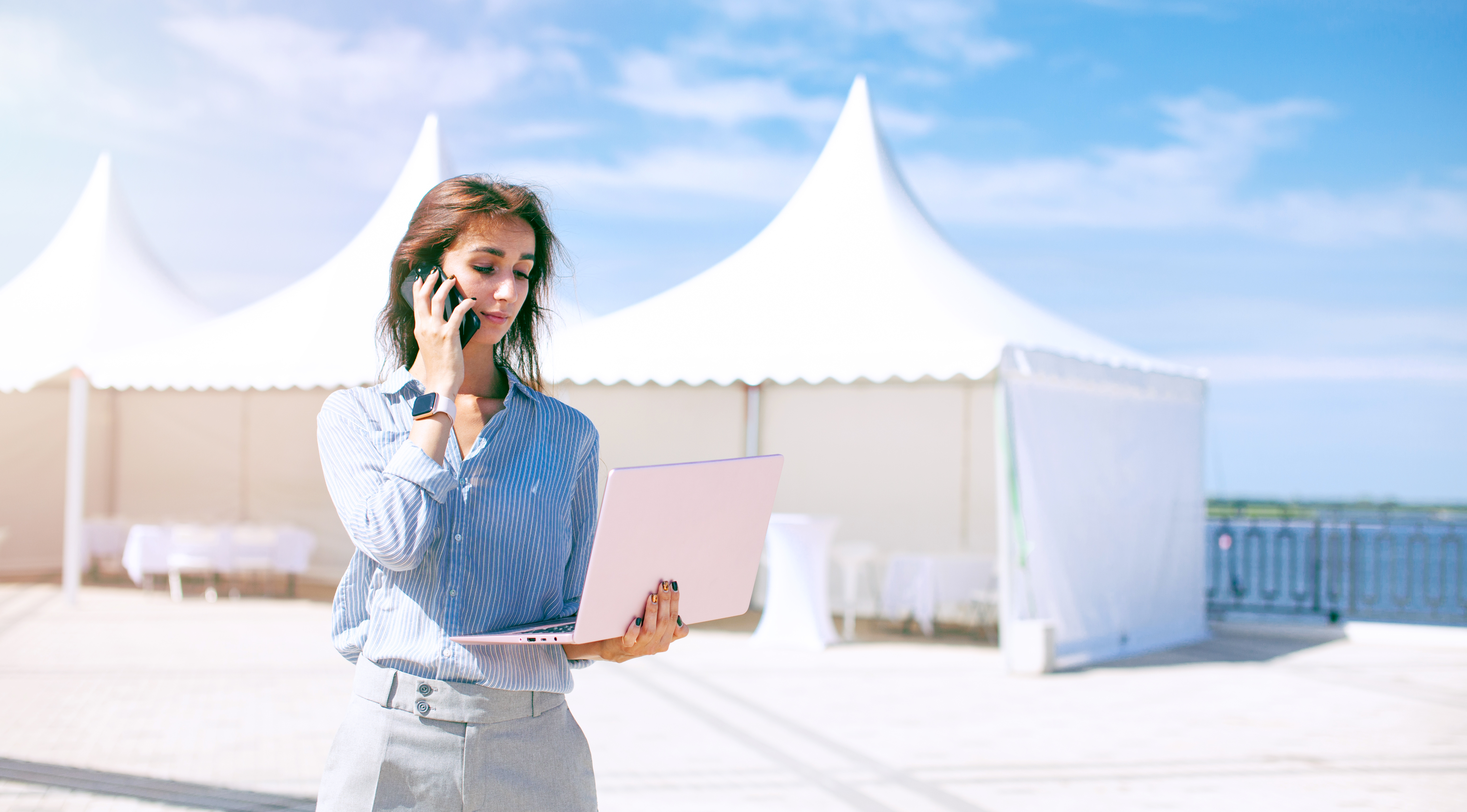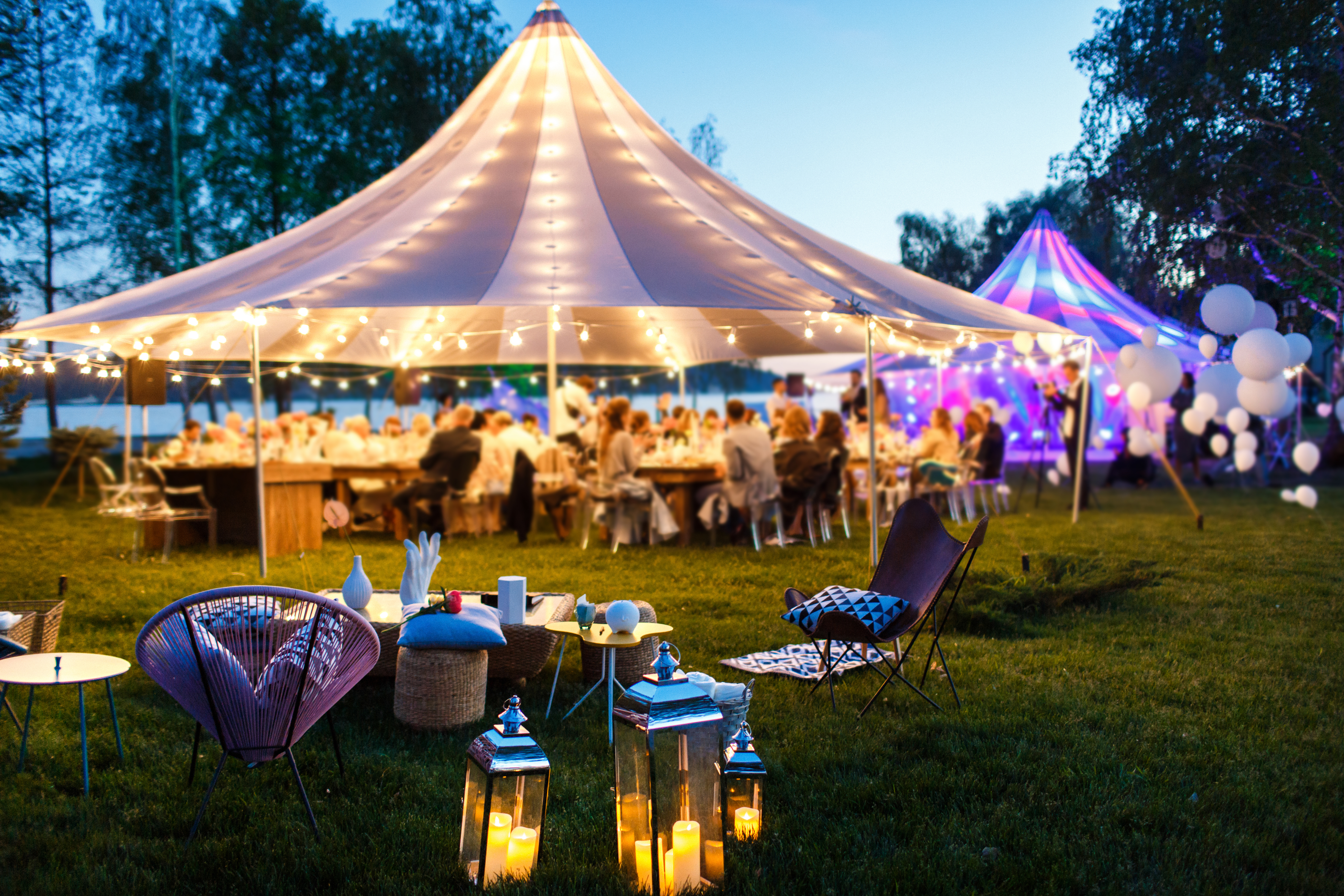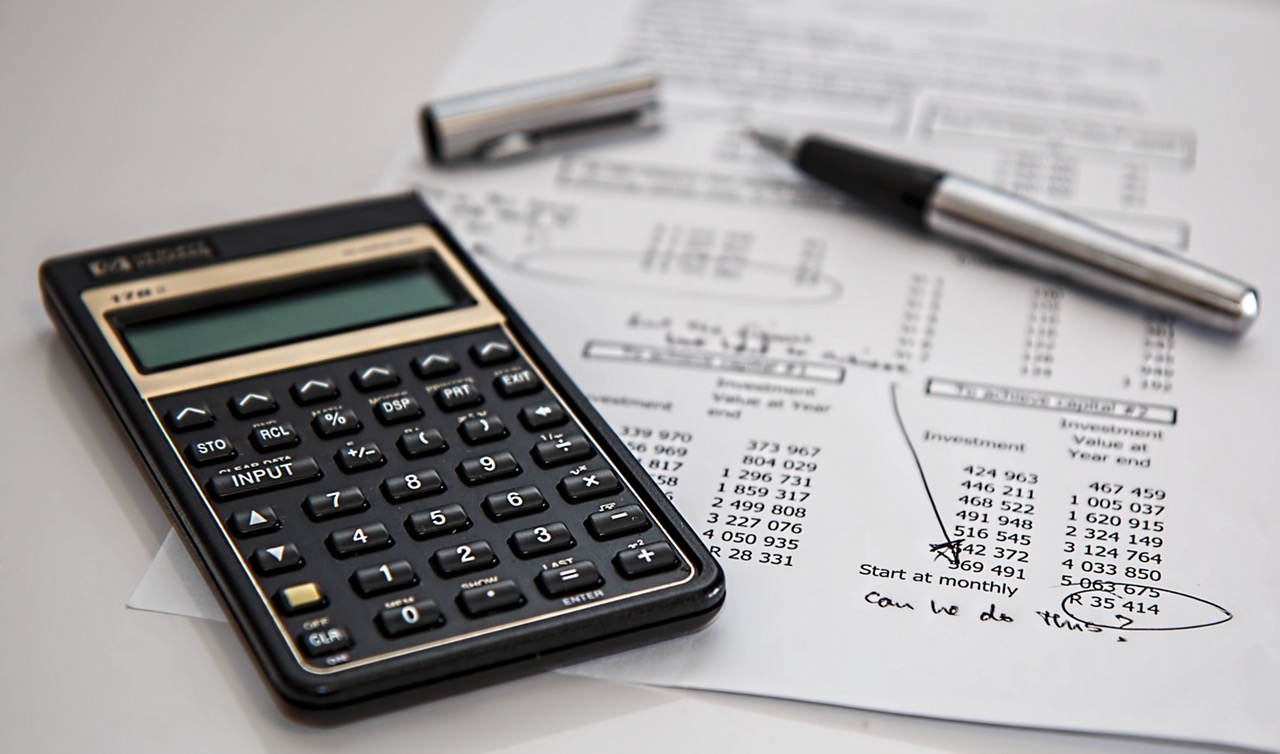Mastering Event Promotion on LinkedIn: A Comprehensive Guide
Get started promoting your events on LinkedIn, the world's largest professional networking site. Our event specialists have put together everything you need to get started.
In today’s social media landscape, LinkedIn has emerged as the home of professional networking, full of professionals seeking opportunities, experiences and advice.
With over 1 billion users globally in 2024, it’s the ideal place to promote professional orientated events, including training sessions, conferences, recruitment events and networking – just to name a few.
However, with countless events vying for attention, standing out and capturing the interest of your ideal participants requires more than just a basic understanding of LinkedIn – you’ll need a strategic approach to promote your event.
Fortunately, our event experts are here to help with our comprehensive guide on how to master event promotion on LinkedIn. Read on to find out how to make the most of LinkedIn and make your events stand out.
What is LinkedIn?
LinkedIn is a social media platform that was launched in 2002 for professionals looking to expand their connections online. It was bought out by Microsoft in 2016, and now has over 1 billion professionals creating profiles and connected with like-minded individuals.
Nearly 50% of the UK population had a registered LinkedIn account in 2022, according to social media monitoring firm Digimind. However, LinkedIn isn’t just about networking – a significant proportion of users use it to find opportunities for professional development.
It’s a great way to get your event in the eyes of decision makers, industry influencers and those who are inclined towards professional growth and learning.
Why Should You Use LinkedIn To Market Your Events?
In 2021, LinkedIn was ranked as the third most important platform for marketing by global marketeers, behind Facebook and Instagram. It’s also highly recognisable, with 81% of the UK population aware of LinkedIn, according to Statista.
Whilst broad-spectrum marketing platforms such as Facebook and Instagram are great for many events, LinkedIn comes into its own for business event organisers. It’s perceived as a credible source for professional content, has a variety of content tools to allow you to promote your events, and is packed full of users who are seeking to develop themselves professionally.
As with most social media platforms, you can advertise organically (through posts and profiles), as well as using paid for options such as LinkedIn event ads. We’ll discuss all of them within this guide.
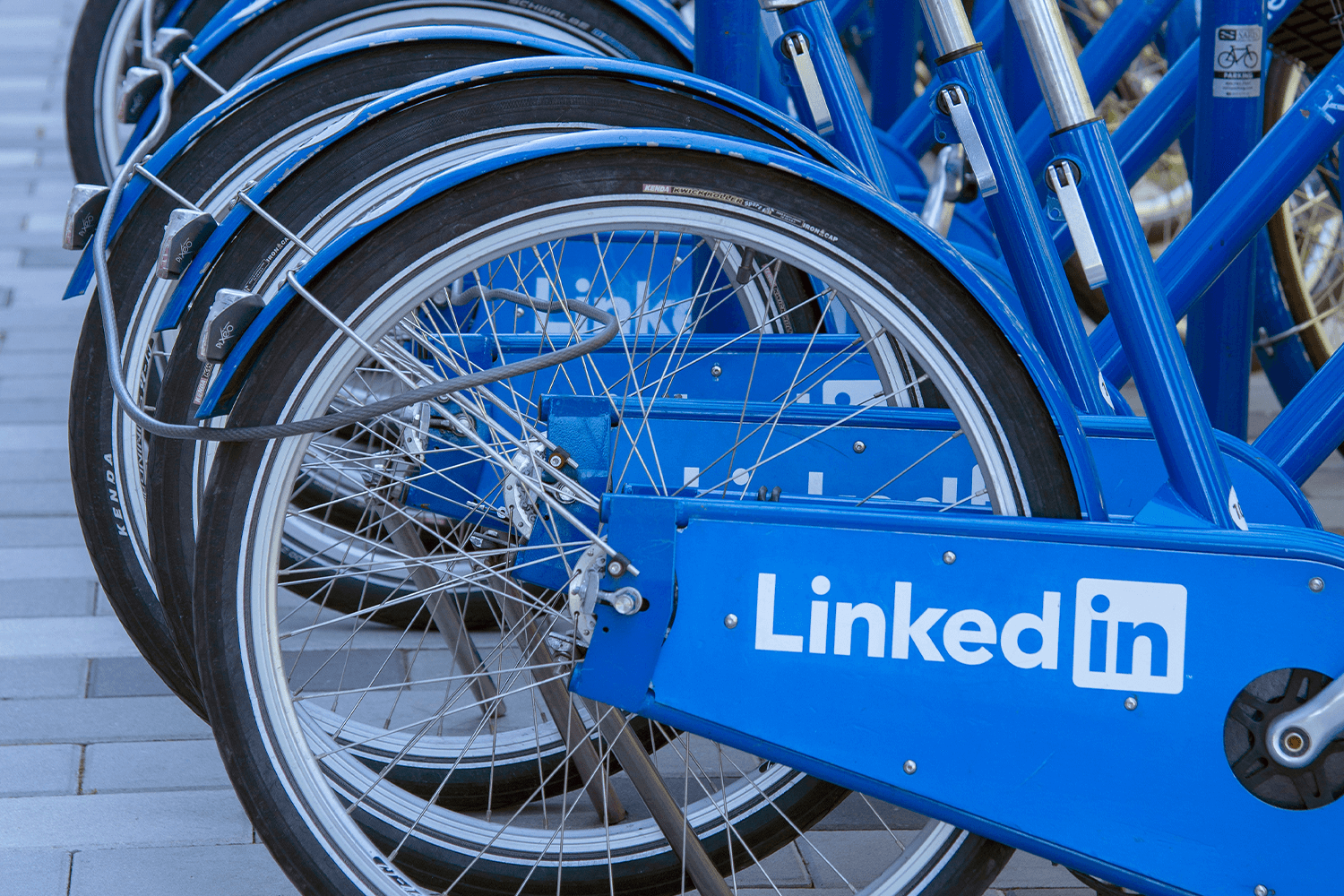
How To Market Your Events On LinkedIn
- 1. Personal posts
- 2. Create a business page
- 3. Optimise your profile
- 4. Event pages
- 5. Use LinkedIn ads
- 6. Post long-form articles
- 7. Use your event influencers
- 8. Direct messaging
- 9. Use LinkedIn groups
1. Personal posts
Don’t underestimate the value of your network and reaching people through your posts. Whether your event is a business event, a social event or something else entirely, your network is made up of professional contacts - but they attend events too!
By posting engaging content and inviting comments, your posts will drive awareness among your network and the networks of those who interact with you. You should start posting when ticket sales start - and make sure to react to all engagement!
Remember to keep visuals interesting, text succinct and comment-worthy and your topic interesting. Post regularly, keep the content varied and use a combination of image, video, polls and conversational topics so that if someone misses it the first time, consequent posts will catch their eye.
2. Create a business page
Where possible, your event should also be linked to your business page. Don’t just post personally, but post as a business too.
Followers of your page may not follow you personally and vice versa so making sure to promote your events across both profiles will help extend your reach. Don’t forget to mix up your content as mentioned above.
3. Optimise your profile
LinkedIn algorithms favour those who comment and interact frequently and regularly - so remember to comment on other people’s posts, both as a business and using your personal profile.
This will get your name out there, exposing you to more of your network’s networks so that when you post updates on your personal and business LinkedIn profile, more people are likely to see it.
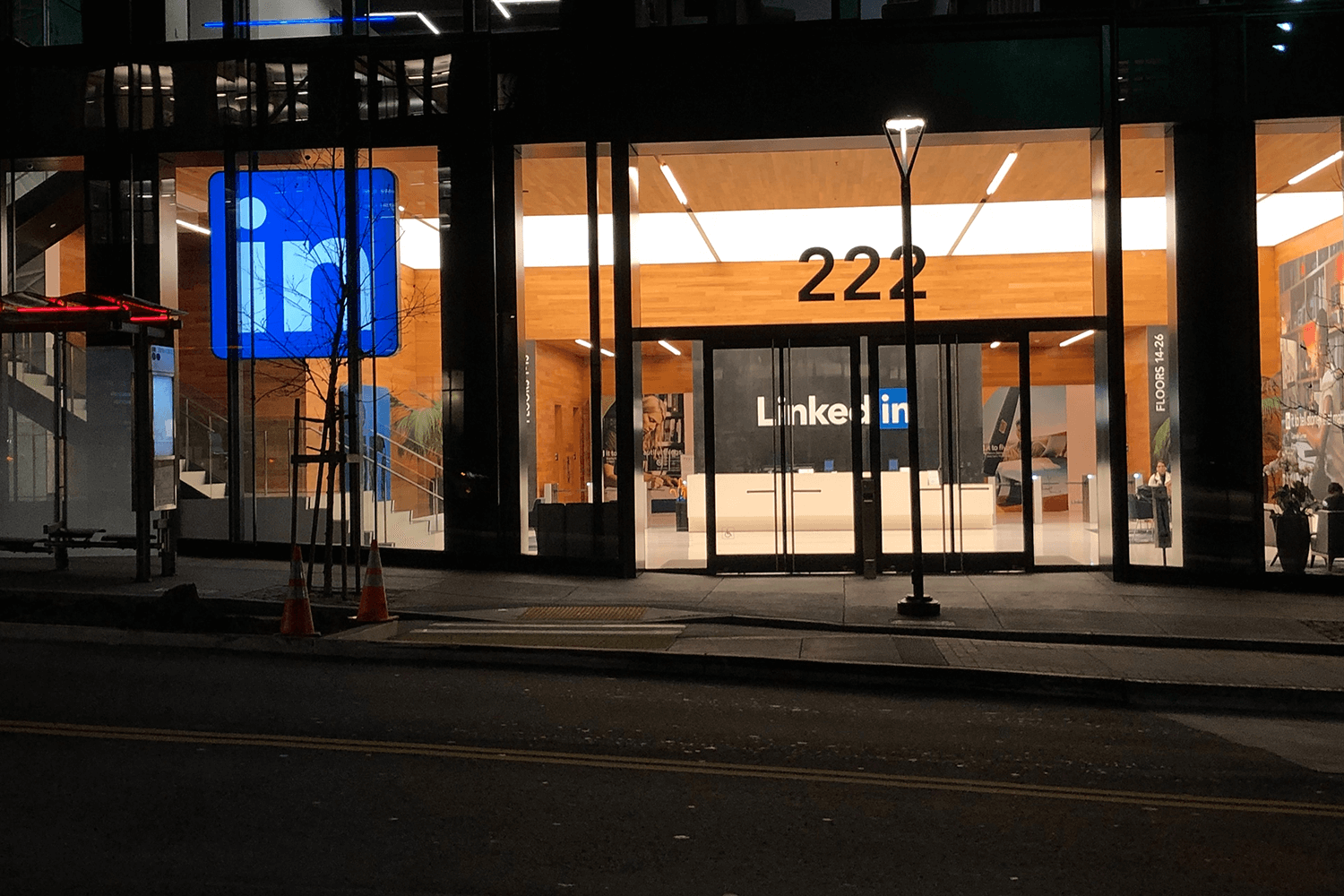
4. Event pages
Like on Facebook, you can create Events on LinkedIn for both in person and online events. Event organisers can create Events which include details such as date, time, venue, joining instructions and event descriptions.
These events can be shared across your network and people can register as attendees. You can either invite them to book or pay on a booking platform such as TryBooking.
Whether you choose to host your events through the LinkedIn platform or not, creating your events on LinkedIn lets you use LinkedIn Event Ads to market your events to a wider audience as well as helps give you an idea of how many people are interested in your events and who these people are.
5. Use LinkedIn ads
Again, as with many social media platforms, there is an option to create paid for ads with LinkedIn. LinkedIn ads are managed through LinkedIn Campaign Manager which is a tool that businesses can use to create ads and monitor metrics and performance.
There are a few different types of adverts you can create on LinkedIn from sponsored content and sponsored messaging, text ads which are a bit like search ads, as well as dynamic ads.
For events, sponsored content and sponsored messaging will probably be the best bet. Choose to create engaging ads that will appear on the feeds of your target demographic’s LinkedIn or send carefully worded messages direct to their inboxes via LinkedIn messaging for a more targeted approach.
Remember to make your content interesting, succinct, visually appealing and always include a call to action (CTA), telling users what you want them to do. In the case of marketing events, you might want them to register their attendance or book tickets through an online ticketing platform such as TryBooking.
6. Post long-form articles
An article on LinkedIn is a bit like a post – but lets you include much more information, which can be sent and shared with your LinkedIn network.
Your connections will be able to comment, react, repost themselves to their own networks. Articles are not only a great way to talk up your event - but also write about topics relating to your industry.
Providing relevant insights and information helps give you authority on your event subject, which will in turn help you build relationships with your connections based on trust.
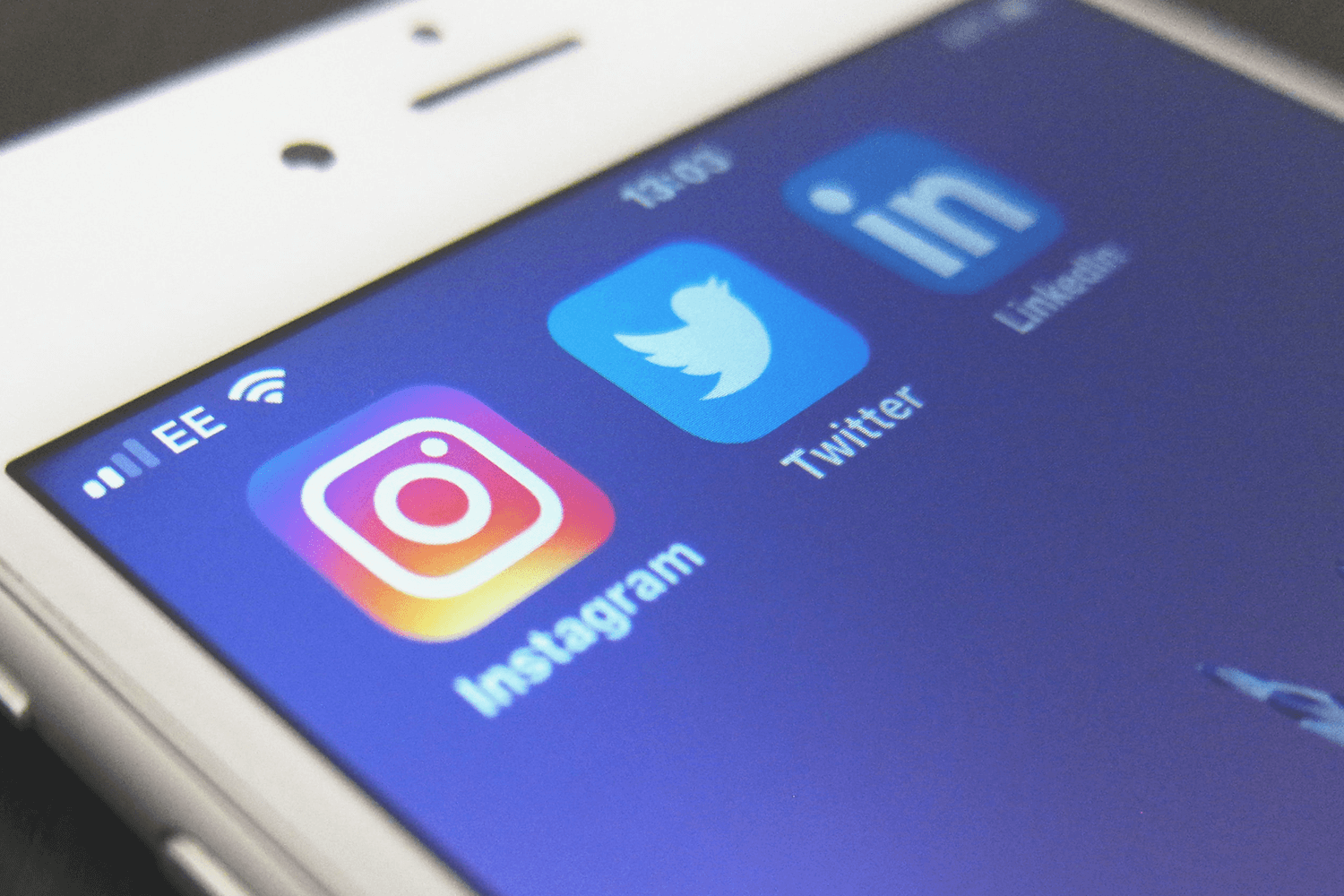
7. Use your event influencers
Whatever type of event you’re organising, chances are it’ll have speakers, artists, hosts, or other influential people involved.
Use them to your advantage - encourage them to like, share, post, comment and feature your event to their network.
By involving these connections, your events will be reaching more people on LinkedIn, making it more likely that you’ll attract interest and hopefully ticket sales.
8. Direct messaging
If someone comments on your events, posts or messages you, always remember to message them back. Whether they are a potential attendee or not, their connections may be!
9. Use LinkedIn groups
LinkedIn, like many other social platforms, has groups dedicated to particular interests, businesses and industries. If the group contain potential event attendees, and the group allows it, then don’t be afraid to promote your events!
If there are relevant groups that you’re not part of, join! It could be that your office equipment trade show would be of interest to a letting agency group, or that your first aid training events are important to retail based LinkedIn groups. Make sure you contribute meaningfully to discussions, though – don’t just join to promote your events.
Be receptive to the content that is posted. It might be that you find professional contacts within this industry that could be helpful to the running of your events, or even inspire future event content.
For example, you could put a booking widget on your website homepage to help drive ticket purchasers.
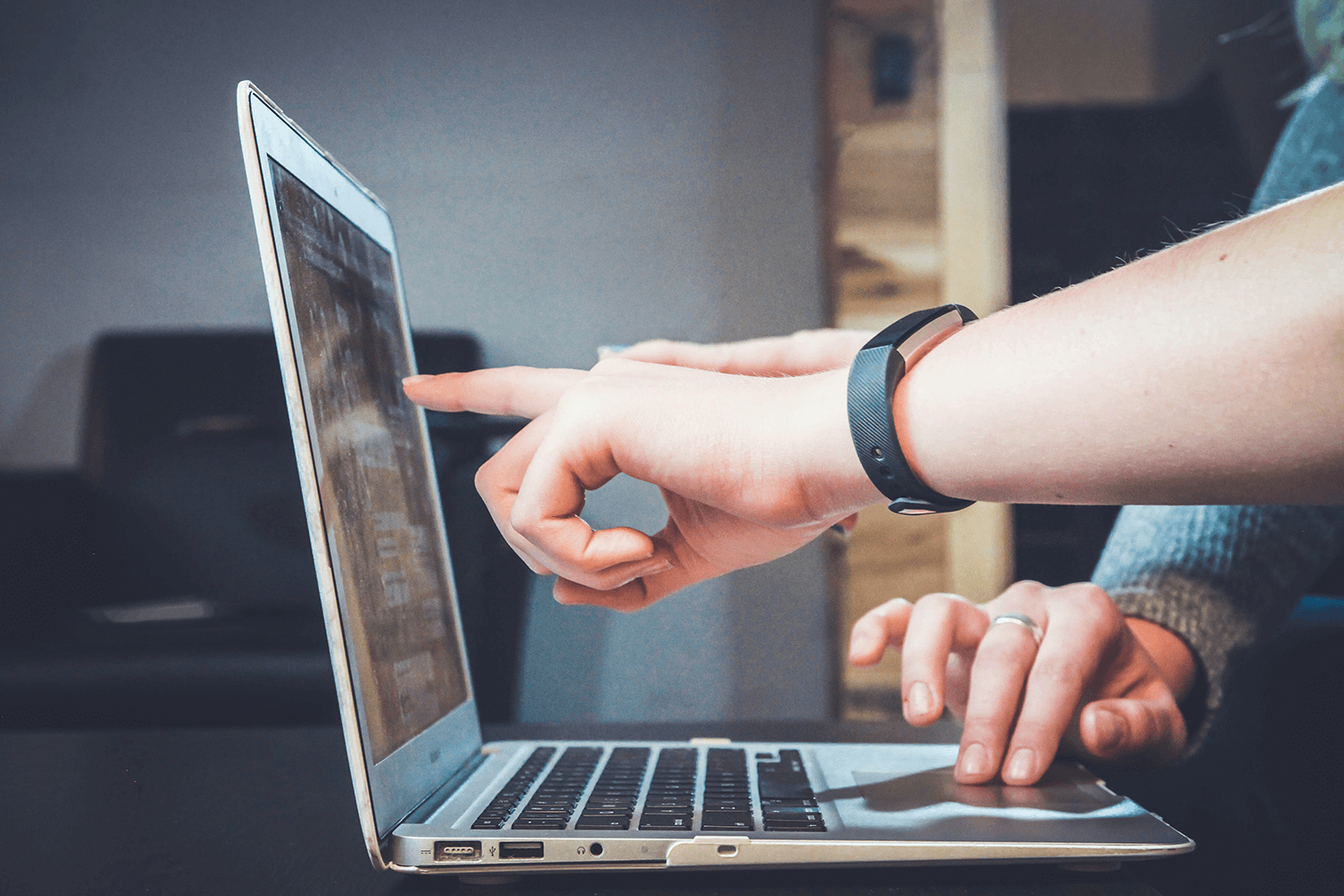
We hope this guide has equipped you with the knowledge you need to go out there and start promoting your events on LinkedIn. Don’t forget these three top tips:
👩💼 Be personable: remember, you’re networking with like-minded people!
👍 Engage with content: your own posts are more likely to appear if you’re active!
🎨 Be creative: don’t be afraid to experiment with the content you use.
Want to get started with your next event? Book a demo with one of our event specialists who’ll show you the best way to market your event using our handy event promotion features.
Alternatively, you can get started in minutes - create your event today.
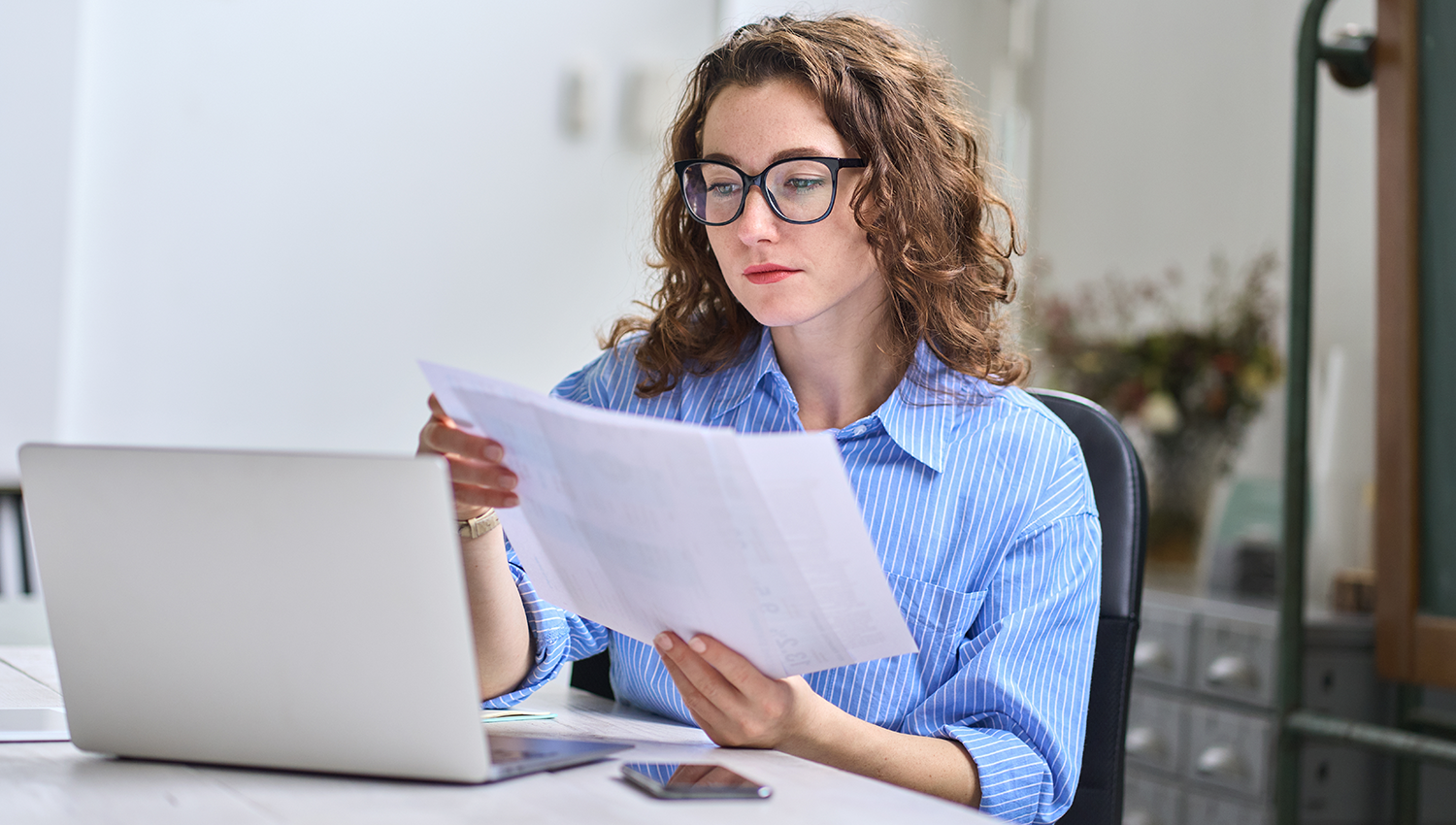
The truth behind online ticketing fees
Apr 03, 2024 · 1 min read






